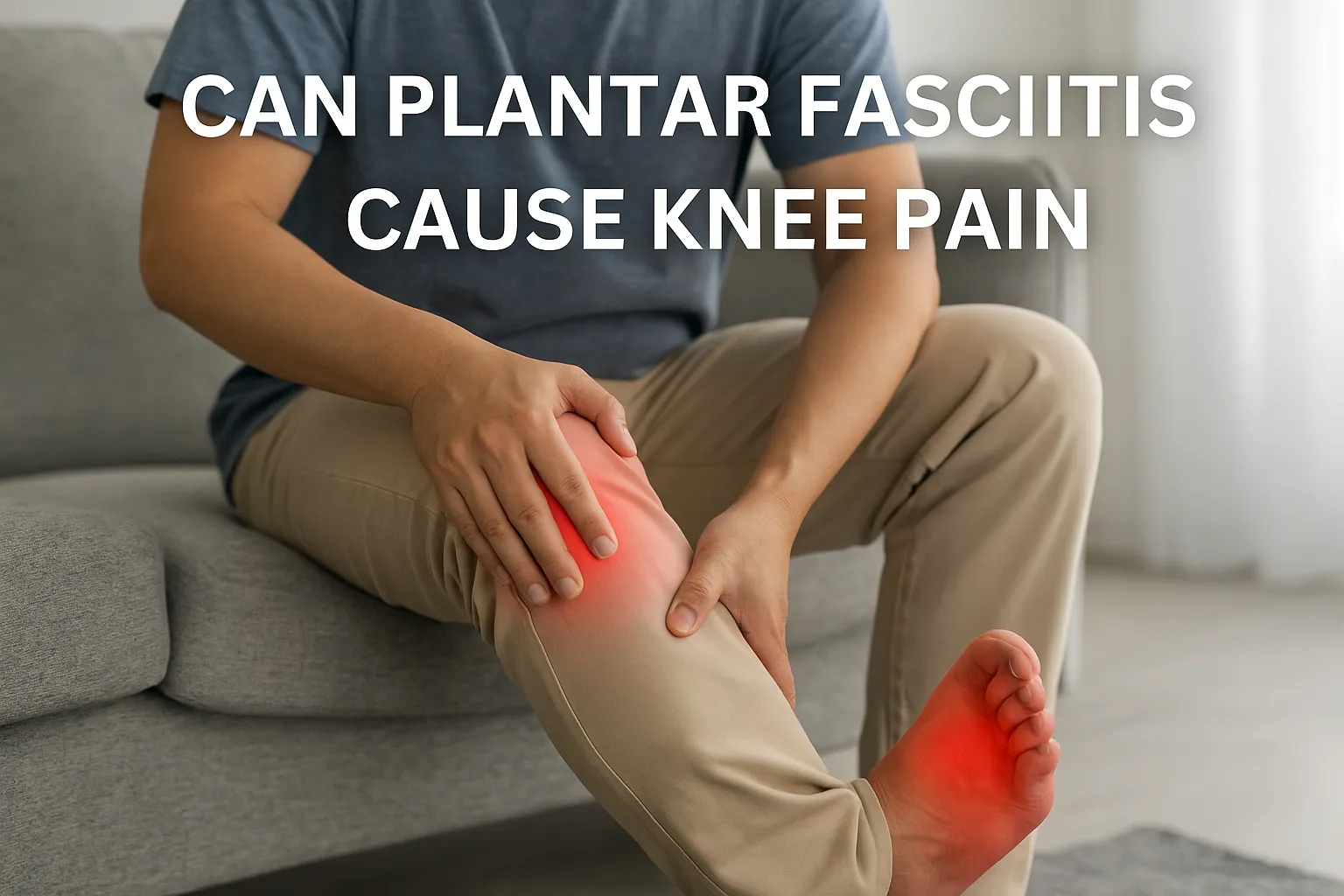Were you aware that knee injuries are the most common sports-related injuries in the United States? MCL (Medial Collateral Ligament) sprains are common knee injuries that cause pain, swelling, and limited mobility. These injuries can occur in sports that require sudden turns and stops, repetitive stress on the knee, or twisting of the knee. Treatment basically involves home remedies, physical therapy, and sometimes surgery. However, when it comes to MCL sprain recovery time, it can vary depending on the severity of the injury and the prescribed treatment plan.
Whether you are an athlete or simply seeking relief from knee pain, understanding the recovery process can help you confidently get back to your daily activities. In this blog, we will discuss the recovery time of an MCL sprain based on its different severity levels which are divided into three grades. Also, we will learn about the tips and strategies for a speedy and successful recovery.
How Long Does a Torn MCL Take To Heal?
The sprained MCL recovery time can vary depending on the severity levels of the injury or treatment.
-
Mild (grade 1) MCL sprain: In this phase, you feel minor pain and tenderness in the injury area. You’ll get relief from these discomforts typically in 1-3 weeks.
-
Moderate (grade 2) MCL sprain: This stage is marked by major tenderness, looseness, and severe pain in the inner knee part. In some cases, you might experience swelling. Such a type of sprain generally takes 4-6 weeks to recover.
-
Severe (grade 3) MCL sprain: In addition with tenderness, pain, and swelling, you might experience knee joint instability. So, the grade 3 MCL sprain recovery time is 6 weeks or even more.
-
Surgery: Undergoing surgery can take a longer time that is around 9-12 months. This duration can vary depending on the age and health status.
However, the recovery period can increase if MCL sprain occurs with other issues:
-
There can be experiences that the MCL sprain sometimes go hand in hand with an injury to the ACL or the meniscus. If these injuries are this severe, the time will be more than the required recovery period.
-
Another possible complication is bruising in the bones. This can happen if the injury is due to a sudden impact that can be squashed to the bottom end, the femur, and the top end of the tibia. Bruised bones can take 2 to 4 months to heal.
-
You can still have some pain in the inner knee parts even if the MCL is healed. This may be possible if you’re not recovering as expected.
In such cases, consult experienced sports centers or clinics and get a physiotherapist at home to assist with the injuries and tailor treatment plans.
Exercises and Therapies to Enhance Recovery
Certain exercises and therapies can be beneficial in speeding up recovery. Those include:
-
Low-intensity exercises: You can consider low-intensity exercises such as cycling, swimming, yoga, and walking. The study says these exercises can help rebuild and recover muscles.
-
Gentle stretches: Gentle stretching such as calf stretch and wall stretch can boost flow of the blood and also lower the stiffness in the muscles.
-
Range of motion exercises: Legs lifts, heel slides, wall slides, and also thigh muscle presses can help lower the risk of muscle wasting and regain mobility.
-
Foam rolling: This can typically reduce muscle soreness, prevent muscle damage, and also improve blood flow. Thus, improving recovery.
-
Cold-water immersion: It can reduce inflammation, soreness, and swelling, thus, improving muscle recovery.
-
Whole-body cryotherapy: According to one research, this is an effective therapy for grade 1 MCL injury that aids Delayed onset muscle soreness (DOMS). In general, DOMS is muscle stiffness and pain that occurs after exercises.
Note: Always begin with low-intensity exercises. As your range of movement improves, you can slowly increase the intensity of the exercises. Moreover, avoid active recovery workouts if you have severe pain.
What to Do for a Speedy Recovery from an MCL Sprain?
Here are some tips that may help in the speedy recovery from an MCL sprain:
-
Rest the injured knee and avoid any activities that may aggravate the injury
-
Apply ice to the affected area for 20-30 minutes several times daily
-
Compress the knee using a compression bandage or even brace to reduce swelling
-
Elevate the affected leg to reduce swelling and improve blood flow
-
Take over-the-counter pain medication as needed, such as ibuprofen or acetaminophen.
-
Use crutches for additional support to walk, helping restrict the amount of pressure or strain on the injured knee.
-
Get a massage to boost blood flow and reduce muscle tension.
-
Follow a physical therapy program with exercises to strengthen and stretch the knee.
-
Also, perform strength training to improve the strength of the leg muscles.
-
Wear quality shoes with great support and cushioning.
-
Warm up as well as cool down before and also just after the exercise to facilitate recovery.
-
In addition, take a complete rest every 7 to 10 days.
-
Gradually return to normal activities and sports once cleared by a healthcare professional.
It's important to consult with a healthcare professional for a proper diagnosis and treatment plan for an MCL sprain.
Final Thoughts
The MCL sprain recovery time depends on different factors like the severity of the condition and prescribed treatment. Generally, many patients can expect to be on crutches for several weeks. They can take physical therapy after the surgery. Full recovery to normal activities can take some months. The patients can resume normal activities within 6 to 13 months after the surgery, following all after-operative instructions. You can reduce MCL injury recovery time with proper rest, rehabilitation exercises, and the guidance of a healthcare professional. Always make sure to work closely with a team to ensure the best outcomes are delivered with fewer complications.
Frequently Asked Questions
Can one walk with an MCL sprain?
Yes, one can walk with an MCL sprain, as it should be done after the pain has been lessened considerably.
Can one MCL sprain heal in two weeks?
Yes, grade 1 MCL sprain can heal in 1 to 3 weeks, enough to return to normal activities.
Can MCL heal on its own?
Yes, a grade 1 or mild medial collateral ligament (MCL) tear can heal itself within 1 to 3 weeks with proper rest.
Can I bend my knee with a torn MCL?
No, you can't bend your knee with a torn MCL as the knee bruises, swells, and becomes tender after the injury.
How to speed up MCL recovery?
You can take proper rest along with extreme physical therapy to speed up the recovery process.
Reviewed by







